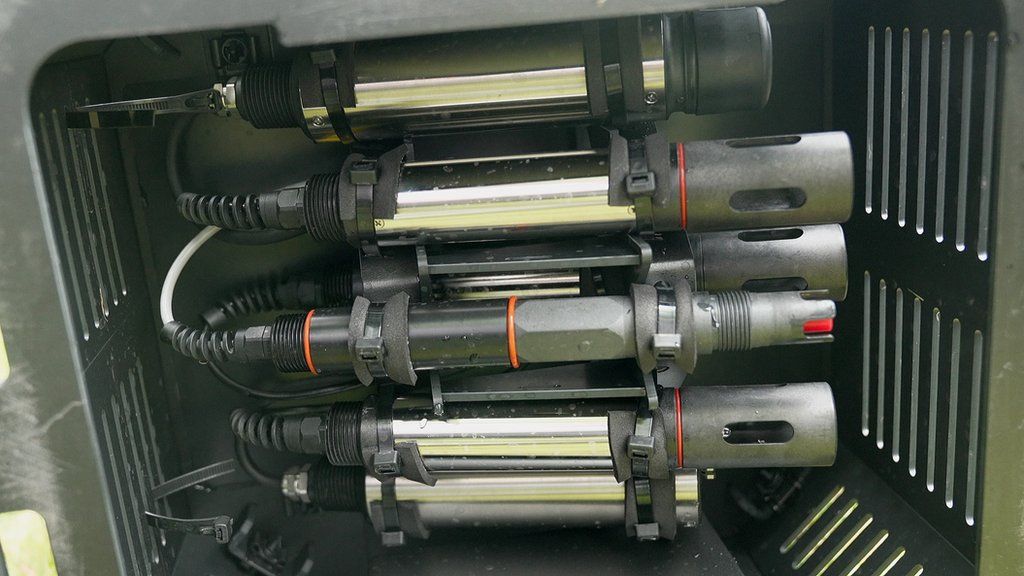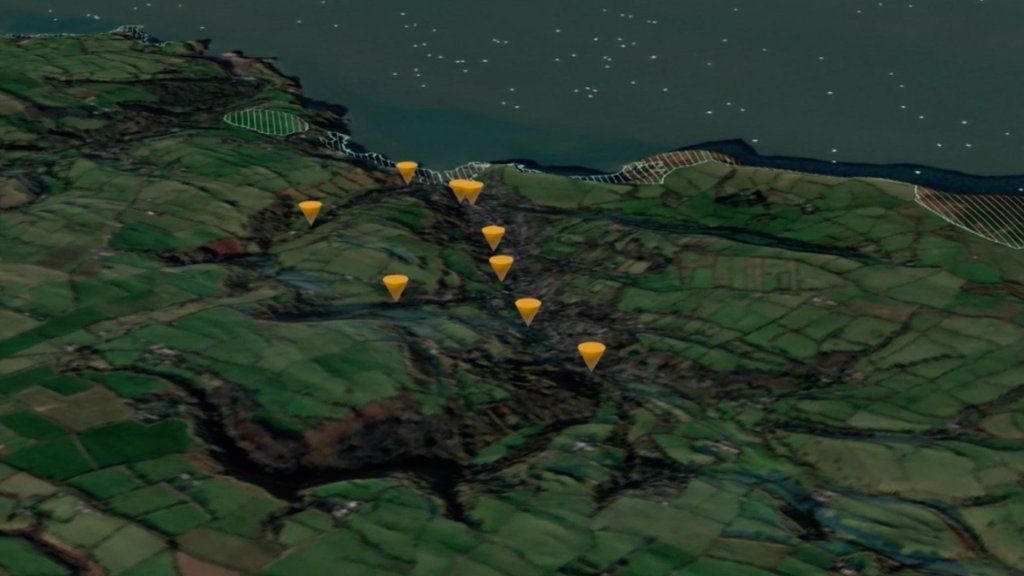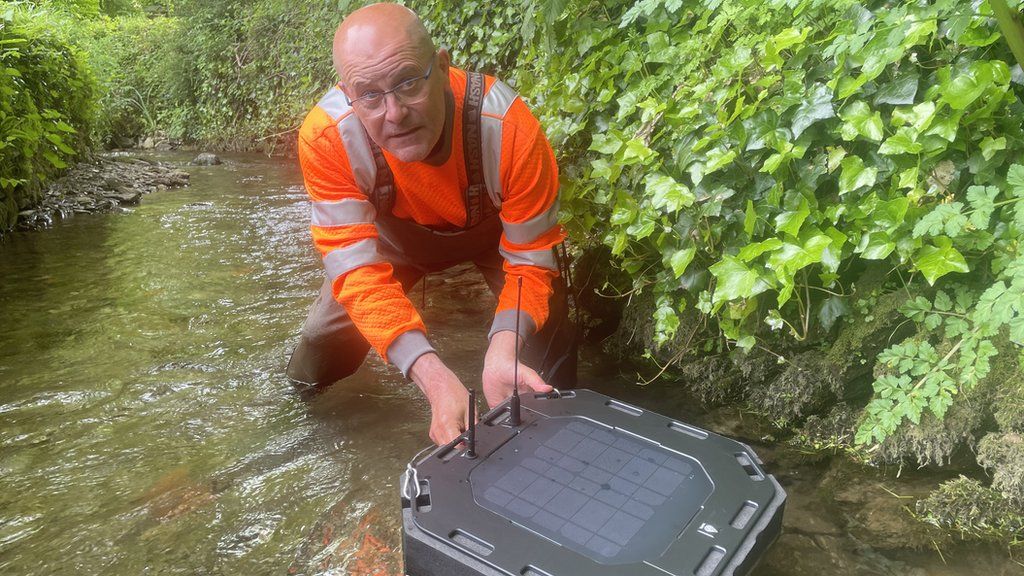In order to anticipate pollution before it occurs and contribute to its prevention, artificial intelligence will be used in south-west England.
It is hoped that the Devon pilot project will contribute to bettering the swimming conditions at Combe Martin, a seaside resort.
The condition of nearby rivers, rainfall, and soil will be compiled by sensors placed in fields and rivers.
AI will then combine that data with local land use data from satellite images.
It will be able to forecast when local rivers are most susceptible to things like agricultural runoff, enabling actions like requesting farms to delay applying fertilizer.
Together with mapping experts Ordnance Survey, computer systems company CGI is managing the artificial intelligence project. CGI claimed that during a test run, it was more than 90% accurate.
It is being tested in the North Devon Biosphere Reserve, a 55-square-mile (142-square-kilometer) protected area that is home to important natural habitats, farmland, and small towns.
Mattie Yeta, chief sustainability officer at CGI, said, "We'll give (the AI) the history. In order for it to learn and develop the predictive mechanisms to be able to predict where these incidents are occurring and even when they will occur, we will provide it with all of the geographic information as well as data sets from the sensors. ".

The project aims to improve Combe Martin, a seaside resort town where bathing water quality has long been a problem.
According to Andy Bell from the North Devon Biosphere Reserve, the water quality has "always been bumping along the bottom.".
Although the Environment Agency gave Combe Martin's water the "good" rating last year, Mr. Bell claims that was primarily due to the dry weather. According to him, the two years when it received a "poor" rating and a warning to avoid swimming were 2018 and 2019.
"There is a lot of concern in the neighborhood about what would happen if the bathing water designation was revoked. Andy explains.
People want to go to a clean place to have fun, so it would have an impact on the cafes, restaurants, and bed and breakfasts. ".
According to Mr. Bell, the River Umber is the main offender. It passes through a swath of vibrant green algae on the edge of the beach to reach the ocean. The Umber is typically little more than a stream, but it also receives discharges from farms and a sewage treatment plant.
The artificial intelligence project states that a vast amount of real-time information is essential for cleaning up the Umber, which is seen as a first step in improving the water quality at the beach. .

The installation of a floating water sensor in the river is taking place a few kilometers upstream from Combe Martin beach. It is a square, black box with solar panels on top that is attached to the bank by a cable.
It automatically transmits data on six important water quality indicators, including turbidity, dissolved oxygen levels, pH, ammonia, and ammonia concentration.
The chief executive of the environment-focused technology company Watr, which is providing the project with the $2,500 ($2,557) per sensor) sensors, Glyn Cotton, called the project's water quality overview "really good.".
"If sewage were being released upstream, we would observe spikes in parameters like ammonia and pH, and we could then compare those to temperature and dissolved oxygen levels. ".
Over the catchment area, about 50 connected sensors, including a mix of water, soil, and rain gauges, are being used. The expertise to combine that knowledge with site-specific data and satellite imagery is offered by the mapping company Ordnance Survey.

"We can begin using data to train the model to get it understanding that when there was a pollution event - whether it was associated with a specific area?" said Donna Lyndsay from Ordnance Survey. Was everything washed away, for instance, by a specific rainfall event?
The idea is that if the soil is dry and there is a chance of heavy rain, the AI might, for instance, advise a farmer to stop applying fertilizer to his field because it might wash into the waterways.
It is more difficult to stop water treatment facilities from discharging raw sewage, a practice permitted when torrential rains overwhelm infrastructure. Even though the AI might have predicted it after a particularly heavy downpour, the water company may not have the ability to prevent the release.
The first stage of the AI project involved a desk-based model that used historical data, and according to CGI, it accurately predicted pollution events by 91.5 percent. The AI model is currently being let loose "in the wild," and the question is whether it will be able to replicate human behavior.
"Here (in North Devon), we're just getting started, but the plan is to scale this up and spread it throughout the UK. CGI's Mattie Yeta said, "







